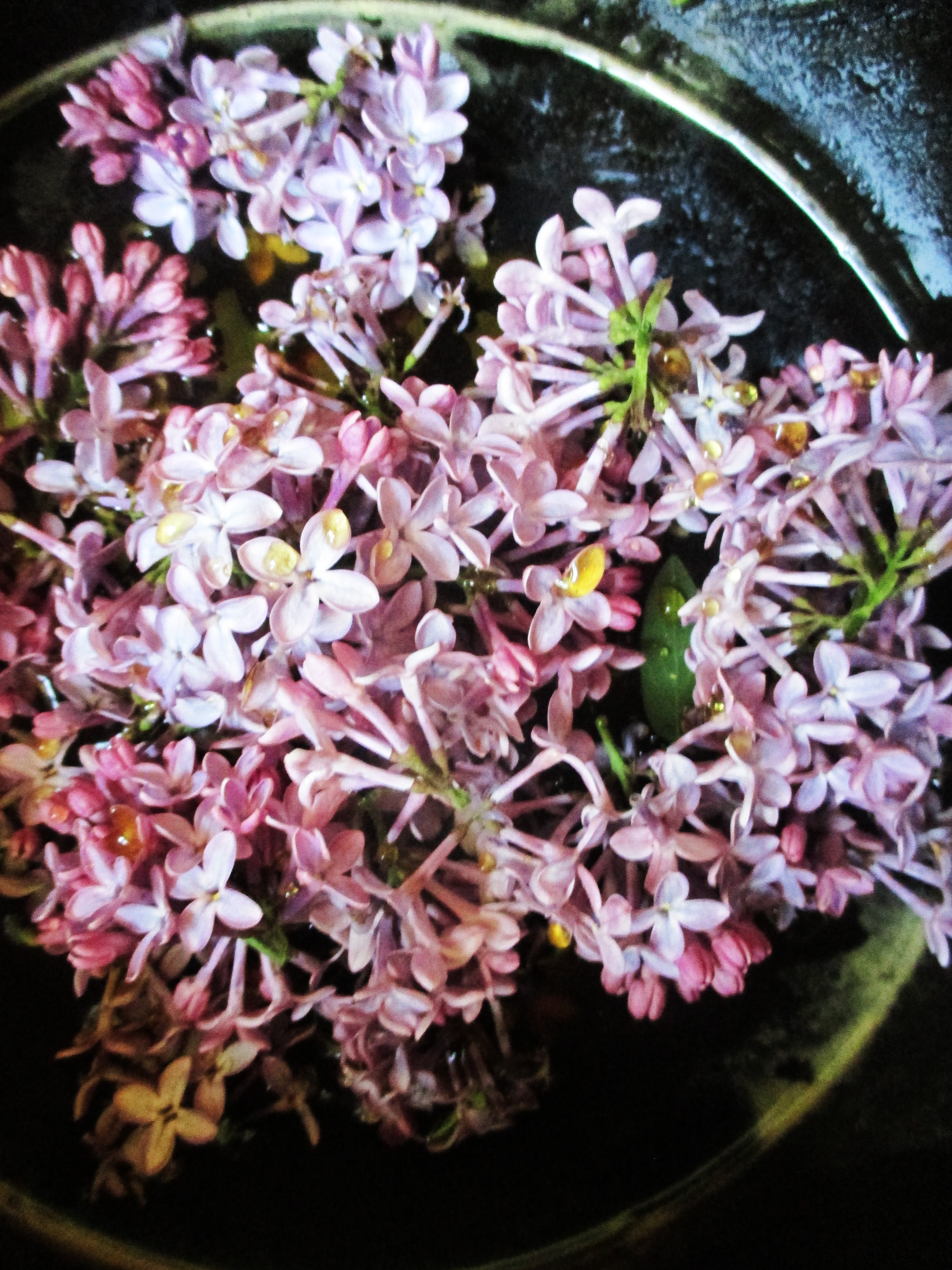
**Disclaimer** The information in this white pine for pinkeye article is NOT intended to assess, diagnose, prescribe, or promise cure. Its intent is to be purely educational; if suffering serious illness, please contact a professional healthcare provider.
Pinkeye is a nasty thing to deal with. Especially if you’re someone with kids and then have to keep them home, those little hands find their way all over the place, getting into dirt, eyes, pet fur…you get the picture. Getting it as an adult is no more fun, because that means “quarantine” and missing who knows how many days of work or other matters, until it gets better. Some people brave it and forge their way to work, but I like to keep my goopy eyes well out of the way of others potentially contracting it.
As Pinkeye (also called Conjunctivitis) can be potentially either viral or bacterial, there are many different methods of helping treat it with the use of herbs. California Curandero and herbalist Charles Garcia has his famous pinkeye tisane, featuring a motley crew of common antiviral and antimicrobial plants that can be found in the kitchen or the grocery store.
If you are more of the wild herb-gatherer like myself, I have found that White Pine (Pinus strobus) is an immensely helpful ally for pinkeye. The tree is a native denizen of Iowa, although its natural numbers are disappearing with each year. You can see the last remaining “wild population” of White Pines out by White Pine Hollow State Preserve, north of Dubuque and near the towns of Colesburg and Luxemburg. Fortunately for herbalists and the species, though, it is common in yards and windbreaks within cities.
You can harvest fresh needles from the tree without harming it, which are incredibly medicinal and known in the world of herbalism as being among the most potent, powerful antimicrobials one can utilize in the plant world. It is the saps/resins that run through the White Pine and these needles that are notorious for such properties. Traditionally, White Pine was used for fighting respiratory infections (both bacterial and viral) and as a wound-wash. White Pine is not the only useful Pine– there are many others, such as Jack Pines, Red Pines and Ponderosa Pines, but the strength of their medicines vary widely. It is up to the herbalist to determine which one they prefer, as they are all each different, but very usable.
I recently worked with the tree for a case of pinkeye, to find the infection on the run in just a couple days– goopiness gone, eyes less red and pain significantly less noticeable. White Pine helped clear up the issue in just a few days.

Here are a few methods for using Pine to combat pinkeye:
WHITE PINE TISANE
The easiest thing you can make using White Pine is a tea or tisane. This is simple– throw a handful of freshly-picked needles into water on a metal pot on the stove, and simmer for about an hour, on medium-low. Turn the heat down of course, and wait for the tisane to cool. There you have your wash. The best tisane you could make would be from the tender needles that are present on the tree in Spring.
You can cup your hands in the water and wash it into your eyes, thoroughly rinsing your eyes out with plain cold water afterward.
WHITE PINE TINCTURE
A tincture of White Pine resins is what I have seen do wonders. Of course, I must emphasize– you absolutely must dilute about 5 drops of this tincture into one fluid ounce of cold water to use it as an eyewash. Any other method, whether plain tincture or other ratio, and you are going to hurt yourself. When you first add the incredibly minute amount of drops to the water, you may see the water turn a slightly milky color. This is normal.
I also find that Pine tinctures are among the most delightful to make. After collecting tons of sticky resin in the early Spring, when the sap is flowing, you can scrape it off and drop it into your own high-proof alcohol, and watch as days go by the resin slowly and perfectly dissolve into the menstruum. When the resin completely disappears you know the tincture is ready, and unlike most other tinctures you don’t have spent herbal matter to toil through, press, or strain out!
Note: if you are experiencing pinkeye/conjunctivitis symptoms, please consult with a professional health care provider for the best results on how to take care of the issue.


